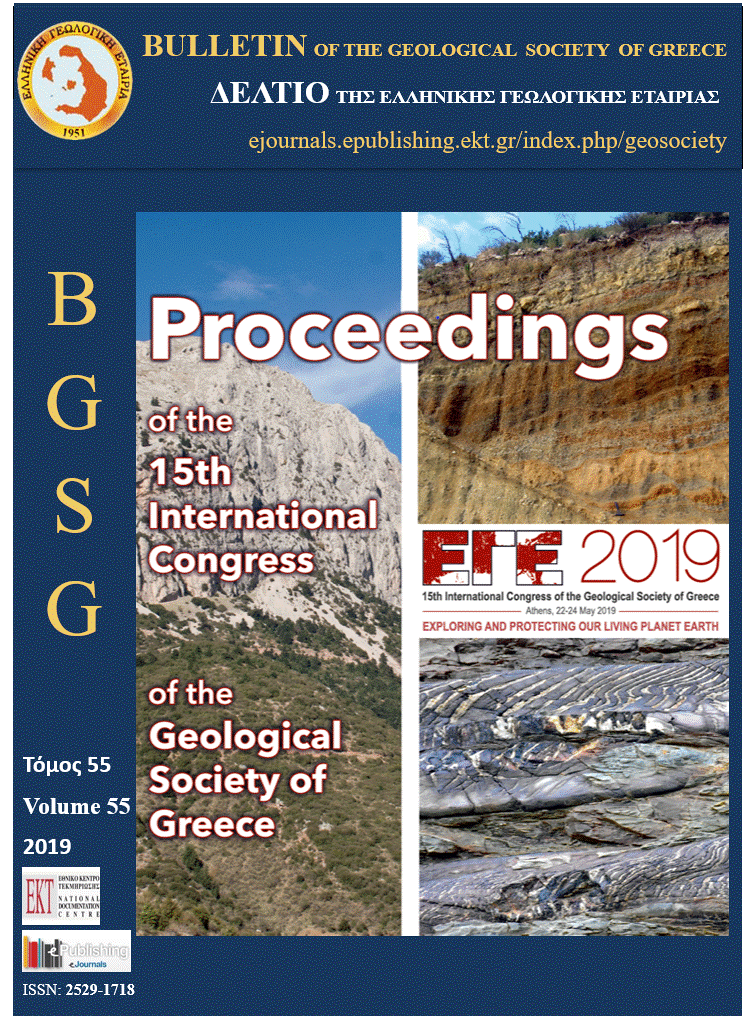A Review of Obsidian Source Exploitation in pre-Columbian South America

Abstract
The focus of this paper is the obsidian quarries of the Pacific coast of pre-Columbian South America, which were exploited by the indigenous populations since ca. 11000 BC. The importance of obsidian in geoarchaeology and palaeoanthropology has already been demonstrated in sites from all around the world. In this paper, the presence of obsidian in correlation to tectonic activity and volcanism of South America is presented, along with the main sources in their regional geological context. Obsidian artefacts were the mainstay of everyday life of indigenous populations and obsidian was also used in manufacturing weapons. Despite advances in metallurgy, which were comparable with those of contemporary European states, obsidian was never supplanted by metal implements and weapons, until the Spanish conquest. Obsidian is as useful today, as it was to these civilisations, albeit in the different role, of discerning interactions between local societies, elucidating aspects of everyday life, and tracing palaeomobility and trade networks.
Article Details
- How to Cite
-
Periferakis, A. (2019). A Review of Obsidian Source Exploitation in pre-Columbian South America. Bulletin of the Geological Society of Greece, 55(1), 65–108. https://doi.org/10.12681/bgsg.20997
- Section
- Geoarchaeology

This work is licensed under a Creative Commons Attribution-NonCommercial 4.0 International License.
Authors who publish with this journal agree to the following terms:
Authors retain copyright and grant the journal right of first publication with the work simultaneously licensed under a Creative Commons Attribution Non-Commercial License that allows others to share the work with an acknowledgement of the work's authorship and initial publication in this journal.
Authors are able to enter into separate, additional contractual arrangements for the non-exclusive distribution of the journal's published version of the work (e.g. post it to an institutional repository or publish it in a book), with an acknowledgement of its initial publication in this journal. Authors are permitted and encouraged to post their work online (preferably in institutional repositories or on their website) prior to and during the submission process, as it can lead to productive exchanges, as well as earlier and greater citation of published work.


